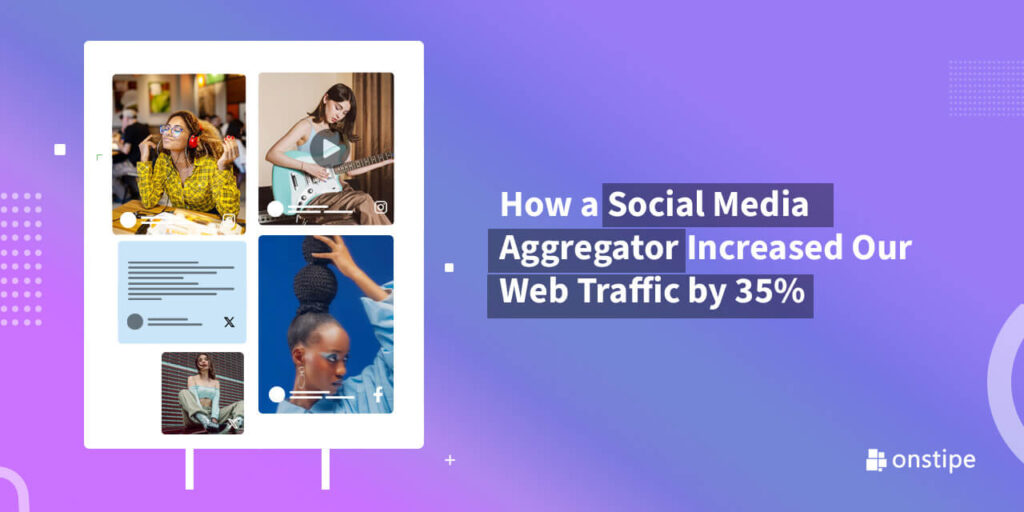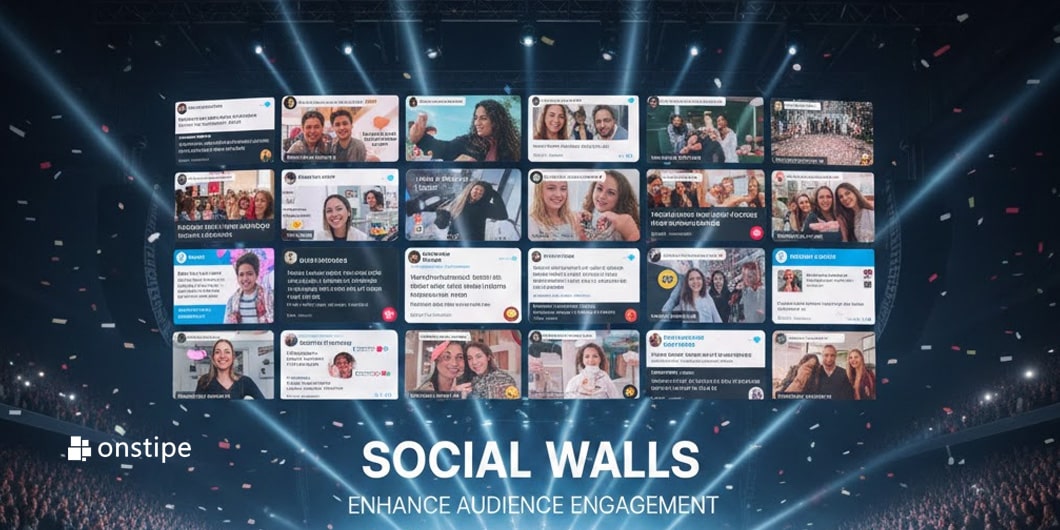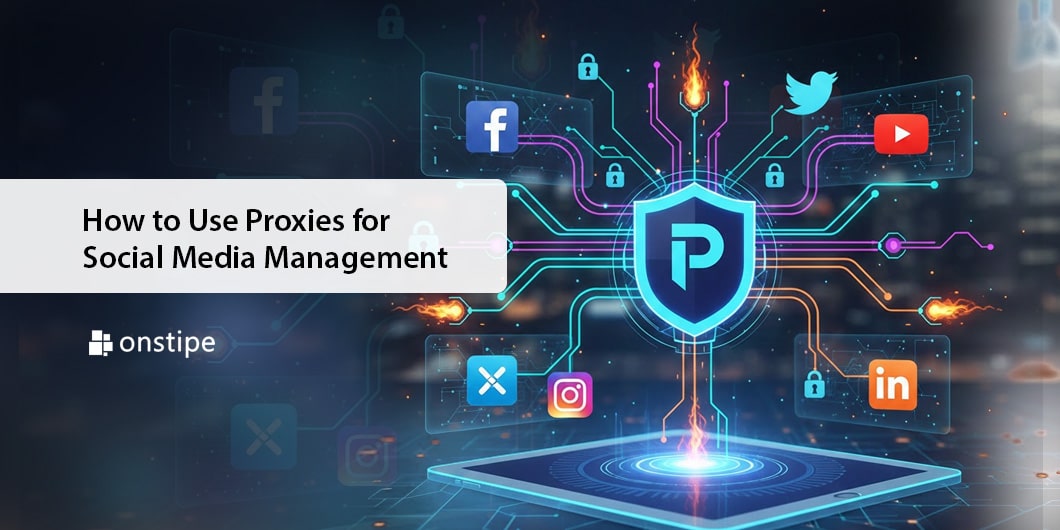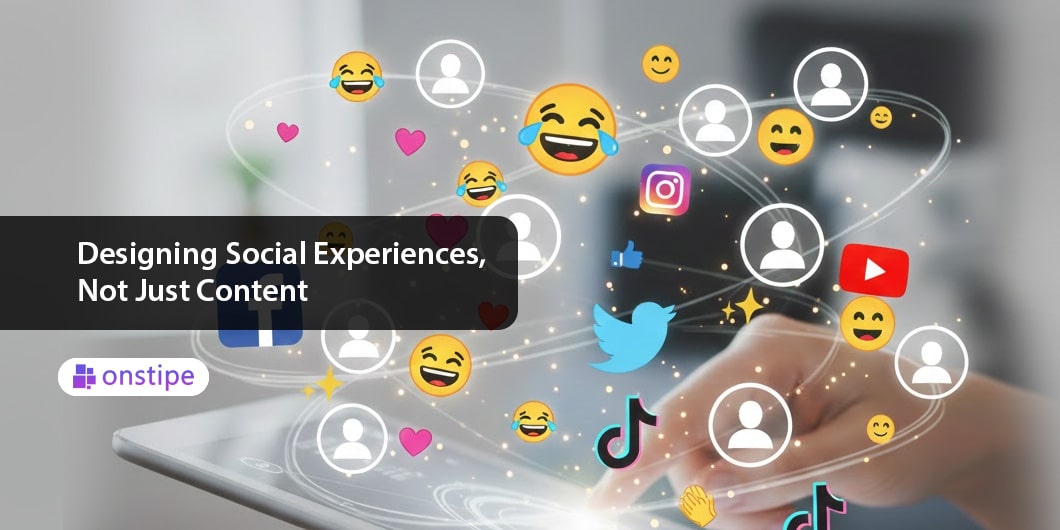In the ever-competitive digital marketing landscape, driving traffic to your website is both a challenge and a necessity. Like many businesses, we had spent years perfecting our website, investing in SEO, and running paid campaigns. But despite our best efforts, we felt that something was missing—a dynamic, engaging element that would give users a reason to stay longer and interact more. That’s when we discovered the power of a social media aggregator.
This article walks through how implementing a social media aggregator helped us boost our web traffic by 35%, including the steps we took, challenges we faced, and the key insights we gained. If you’re on the fence about integrating one into your site, our experience might help you make an informed decision.
What Is a Social Media Aggregator?
Before diving into our case study, let’s clarify what a social media aggregator actually is.
A social media aggregator is a tool that collects, curates, and displays social media content from multiple platforms (Instagram, Facebook, X/Twitter, LinkedIn, YouTube, and more) in one place—often embedded directly on a website. This can include:
- Posts where your brand is tagged or mentioned
- Content featuring specific hashtags
- Influencer shoutouts
- User-generated content (UGC)
- Your brand’s own social media feed
Popular tools like Onstipe, Juicer, and EmbedSocial offer user-friendly solutions to aggregate and display this content in real time.
The Problem We Faced
Like many businesses, we had great content on our social platforms—customer testimonials, influencer endorsements, product features, behind-the-scenes videos—but none of it was reaching the audience that landed on our website.
Our website was informative but static. Bounce rates were creeping up. Visitors weren’t spending much time on pages. We knew our content was engaging—but we needed to bring that energy to our website.
The Turning Point: Why We Chose a Social Media Aggregator
After a brainstorming session with our marketing team, we realized our social media content was one of our most underutilized assets. People engaged with it on social channels, but that engagement wasn’t translating to our website.
We evaluated a few content strategies but ultimately settled on integrating a social media aggregator for a few reasons:
- Low-lift, high-impact: Aggregators pull existing content. We wouldn’t need to create anything new.
- Visual appeal: Our brand is visual-heavy (fashion), and social media is perfect for showcasing it.
- Social proof: Featuring real people using our products builds credibility.
- Real-time updates: Our website content would always stay fresh.
Our Implementation Strategy
We chose Onstipe as our aggregator due to its custom design features and ease of integration. Here’s how we rolled out the aggregator in phases:
Phase 1: Sourcing Content
We curated content from three main sources:
- Our brand’s Instagram and X/Twitter feeds
- User-generated content using our branded hashtag
- Influencer mentions and collaborations
Phase 2: Placement Strategy
We added the aggregated feed in key areas of our site:
- Homepage: As a dynamic content block under the hero section
- Product pages: To show customers using specific items
- Blog: Embedded feeds relevant to post topics
Phase 3: Design Integration
We customized the feed to match our site’s design using:
- A responsive carousel on mobile
- A masonry-style grid on desktop
- Clean, minimalistic fonts and hover animations
Phase 4: Moderation and Rights
We used Onstipe’s rights management feature to request and receive permission from users before displaying their posts, ensuring compliance and trust.
The Results: A 35% Surge in Web Traffic
Three months after implementation, our analytics told a powerful story:
- Overall website traffic increased by 35%
- Time on site rose by 28%
- Bounce rate dropped by 18%
- Referral traffic from social platforms increased by 40%
But that wasn’t all. Product pages with embedded social content had a 23% higher conversion rate compared to those without.
Our aggregator feed was doing more than just making the site look pretty—it was engaging visitors, reducing drop-offs, and building trust in real-time.
Why It Worked: Key Takeaways
1. Authenticity Drives Engagement
When people saw real users wearing or using our products, they responded more positively. UGC added an authentic voice that traditional product descriptions and images couldn’t achieve.
2. Fresh Content = Repeat Visits
Because our social media is updated almost daily, our website content refreshed automatically. Return visitors found new visuals and stories, giving them a reason to stick around.
3. Social Proof Is a Conversion Booster
Trust is everything. Featuring customers and influencers created instant social proof, especially for first-time visitors.
4. Cross-Platform Synergy
The aggregator helped bridge the gap between our website and our social channels. Visitors followed us on social media, and social users clicked through to our website.
Lessons Learned and Tips for Others
Implementing a social media aggregator isn’t as simple as flipping a switch. Here’s what we learned:
- Start with clear goals: We wanted to improve time on site and reduce bounce rate. Having measurable goals helped us track success.
- Moderate wisely: Not all UGC fits your brand image. Use tools that allow you to review and approve content.
- Keep it on-brand: Customize the aggregator’s design to blend seamlessly with your website.
- Test placements: We saw the best results from product pages and our homepage. Test what works for your site.
Looking Ahead: Scaling Our UGC Strategy
Seeing the success of the aggregator, we’re now scaling our efforts:
- Running UGC contests to encourage more user content
- Adding video content to feeds from TikTok and YouTube
We’re also exploring integration with email marketing, using social content in newsletters and automated flows.
Final Thoughts: Is It Worth It?
If you’re a brand with even a modest social media presence, the answer is yes.
Social media aggregators are one of the easiest ways to:
- Increase engagement
- Build trust
- Improve conversion rates
- Keep your site content fresh
In our case, it led to a 35% increase in web traffic, stronger customer relationships, and a better-performing website overall.
It wasn’t magic—it was strategic.






